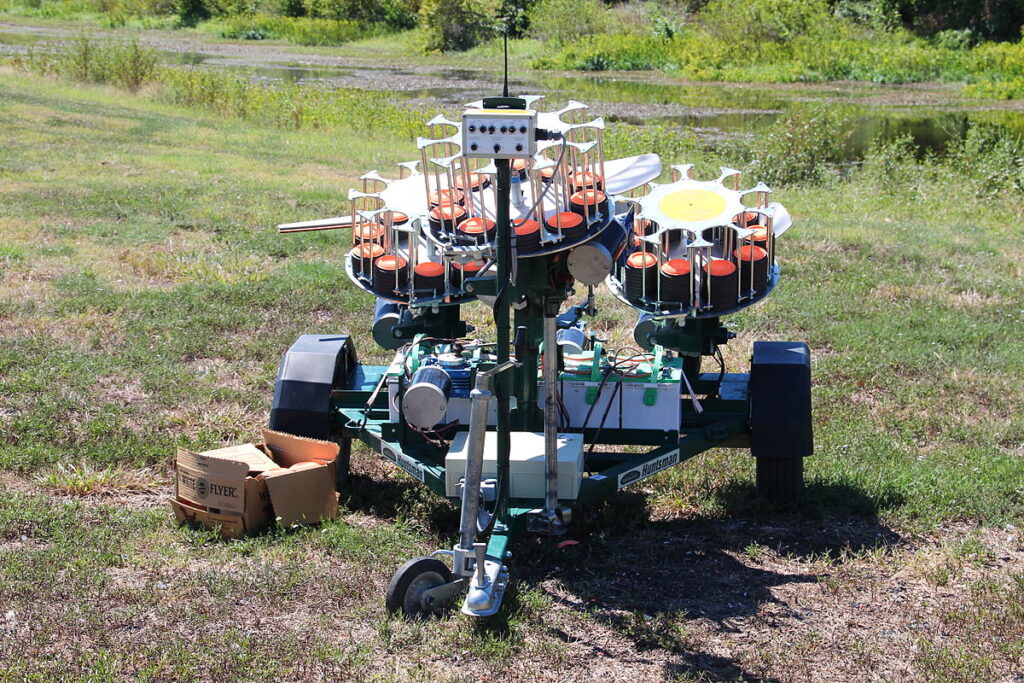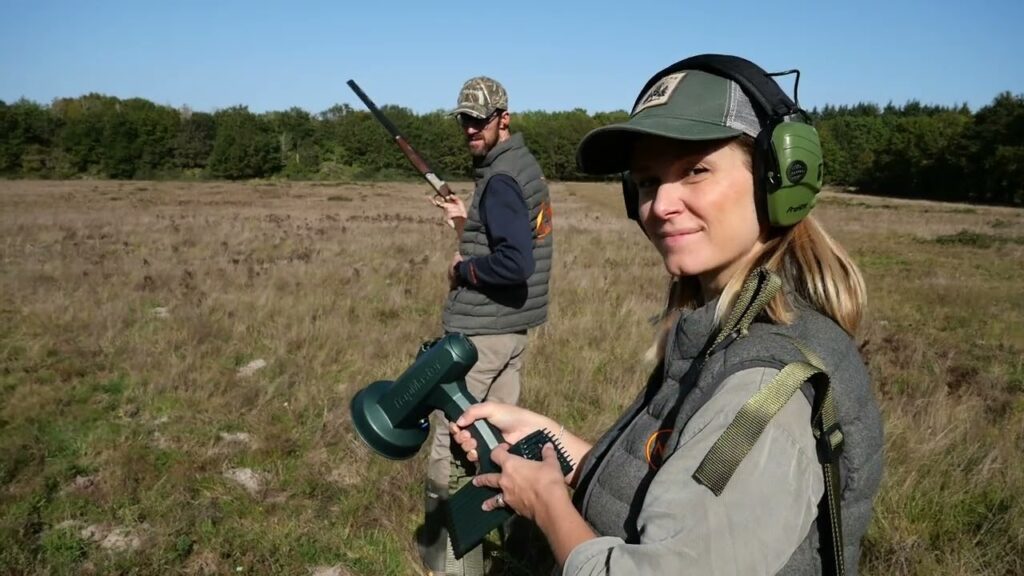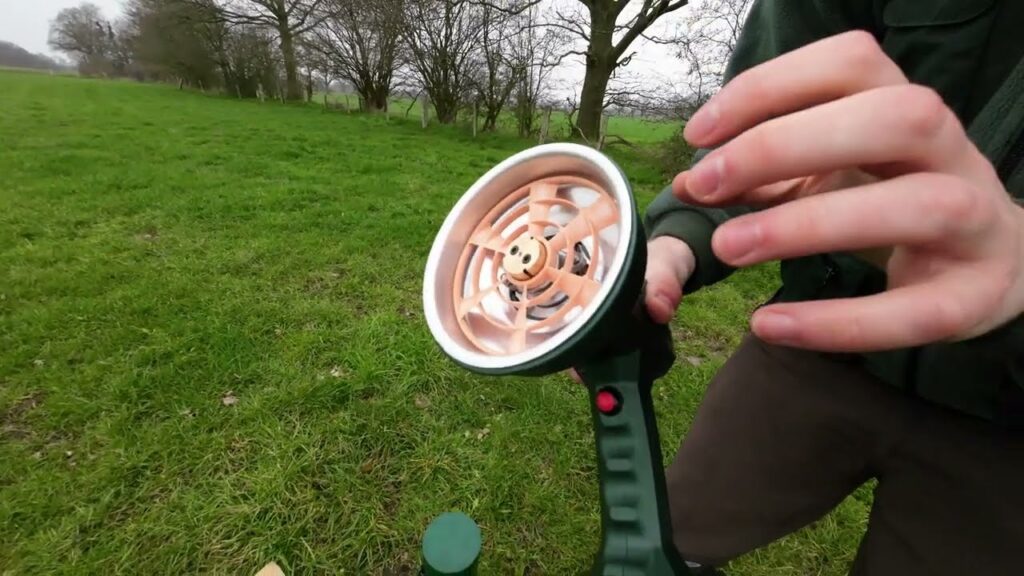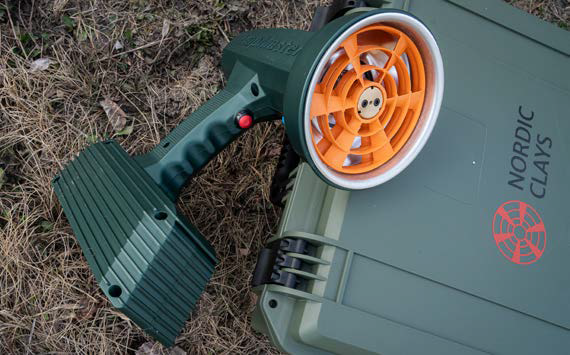
Understanding how a trap thrower works: A detailed guide
Trap throwers are essential tools for clay pigeon shooting, offering shooters a way to practice and refine their skills by launching clay targets into the air. Understanding how these devices work can enhance your shooting experience and ensure you use them effectively. This comprehensive guide will explain the mechanics, operation, and maintenance of trap throwers.
Basic components of a trap thrower
To understand how a trap thrower works, it’s important to familiarize yourself with its key components:
- Base and stand: Provides stability to the thrower.
- Throwing arm: The part that physically launches the clay pigeon.
- Magazine or hopper: Holds multiple clay pigeons for continuous shooting.
- Motor or spring mechanism: Powers the throwing arm.
- Angle adjustment controls: Allows for changing the direction and elevation of the throw.
- Trigger mechanism: Activates the throwing arm to launch the clay pigeon.
How it works
- Loading the clay pigeon
- Clay pigeons are loaded into the magazine or hopper. Some models require manual loading of each clay pigeon, while others can hold multiple clays for automatic reloading.
- Powering the throwing arm
- The throwing arm is powered by either a motor or a spring mechanism. Electric models use a motor to generate the necessary force, while manual models rely on a tensioned spring.
- Setting the angle and direction
- The angle and direction of the throw can be adjusted using the controls. This feature is crucial for simulating different flight paths and improving shooting versatility.
- Launching the clay pigeon
- When the trigger mechanism is activated, the throwing arm rapidly swings, launching the clay pigeon into the air. The speed and distance of the throw depend on the power of the motor or the tension in the spring.
- Resetting the throwing arm
- After each throw, the arm resets to its starting position, ready to launch another clay pigeon. In automatic models, the next clay pigeon is loaded into the arm from the magazine, while in manual models, the user must reload the arm.
Types of trap throwers
- Manual trap throwers
- These are powered by a spring mechanism and require the user to manually reset the arm after each throw. They are portable and suitable for casual shooters.
- Automatic trap throwers
- These use an electric motor to power the throwing arm and can launch multiple clay pigeons in quick succession. They often come with remote controls and various programmable settings for advanced shooters.
- Handheld throwers
- The simplest type, operated entirely by hand. The user swings the arm to launch the clay pigeon. These are highly portable and inexpensive.
Maintenance tips
- Regular cleaning: Remove dirt and debris from the moving parts to ensure smooth operation.
- Lubrication: Apply appropriate lubricants to the mechanical parts to prevent wear and tear.
- Inspection: Regularly check for any signs of damage or wear, especially on the throwing arm and the trigger mechanism.
- Storage: Store in a dry, safe place to avoid rust and damage.
Safety considerations
- Always follow the manufacturer’s safety guidelines.
- Ensure the shooting area is clear of people and obstacles.
- Wear protective eyewear to shield against debris and accidental misfires.
Conclusion
Understanding the mechanics and operation of a trap thrower can greatly enhance your clay pigeon shooting experience. Whether you use a manual or automatic model, proper use and maintenance are key to ensuring consistent performance and safety. For high-quality trap throwers and expert advice, visit Nordic Clays.
By mastering the use of a trap thrower, you can significantly improve your shooting skills, making your practice sessions more productive and enjoyable.










